Spain is a country defined by its charm and diversity. Each region offers its own distinct character, traditions, scenery, and flavors—from the sun-soaked beaches in southern Andalusia to Galicia’s natural beauty. Whether you’re drawn to world-class art and architecture, vibrant local festivals, or thrilling outdoor adventures, Spain offers something for every type of traveler.
At Remitly, we know that planning a trip isn’t always easy, especially when it’s to a country as vast and culturally rich as Spain. But understanding what makes each area so special will help you get the most out of your trip. Let’s take a journey through the regions of Spain, so you can create a deeper connection to its heritage and choose the best attractions to add to your itinerary. We’ll also answer some frequently asked questions to help simplify every part of the planning process.
Let’s dive in.
Andalusia
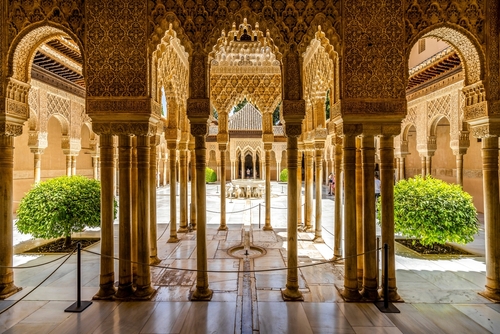
Stretching along Spain’s southern coast, Andalusia truly seems to offer it all—history, culture, eclectic architecture, and unforgettable cuisine. Its cobbled streets provide a glimpse into the past, while the warmth of its people and traditions bring the region vividly to life.
Andalusia attractions
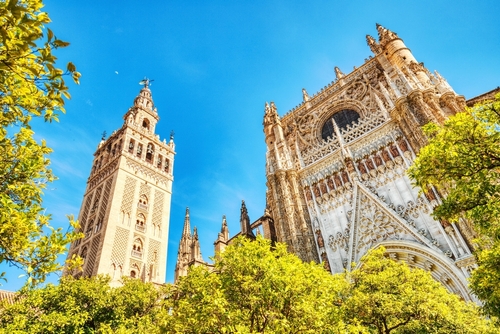
For over 800 years, parts of Andalusia were under Moorish rule, leaving a deep and enduring legacy on the landscape. One of the most striking examples is the Alhambra in Granada—a masterpiece of Islamic architecture. Its ornate palaces, tranquil courtyards, and intricate carvings reveal a fusion of Arabic and Spanish Renaissance influence that continues to define the region.
In the Andalusian capital, Seville Cathedral blends grandeur with deep religious significance. This towering Gothic structure is the largest of its kind in the world and stands as yet another architectural marvel.
This confluence of Christian and Moorish cultures in Andalusia also gave rise to flamenco, a soulful art form that combines music, song, and dance to convey powerful emotion and storytelling. In cities like Seville and Jerez de la Frontera, flamenco is more than a performance—it’s part of the region’s identity.
What to eat in Andalusia

Andalusia is equally celebrated for its southern Spanish cuisine. Regional chefs are reinventing the tapas, and dishes like salmorejo, Jamón ibérico, and freshly fried fish are staples best enjoyed outdoors.
In Jaén and Córdoba, vast olive groves provide the rich olive oil that is the heart of every meal.
Catalonia
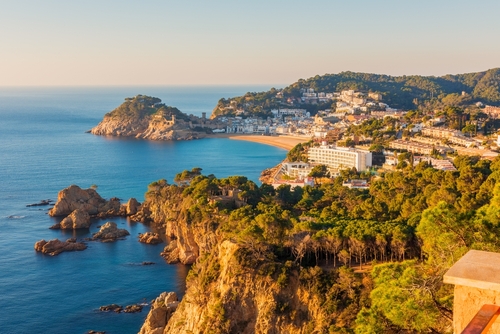
To the northeast, the region of Catalonia has its own language—Catalan—and unique traditions. Visitors are able to experience a rich culture that feels both Spanish and entirely its own too, making it one of the best places to visit in Spain.
Catalan attractions
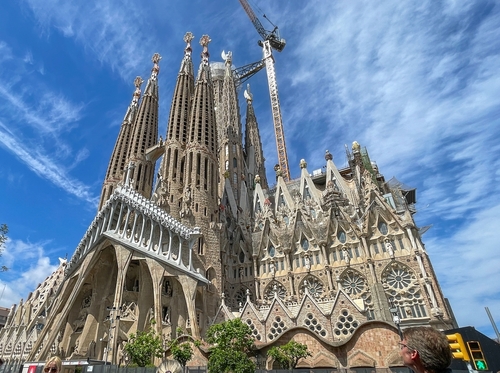
When most people think of Catalonia, the first place that probably comes to mind is Barcelona—and for good reason. The region’s capital is an art-lover’s dream. There’s so much fantastic architecture to see, including iconic monuments like the Sagrada Familia and the colorful Park Güell by world-famous architect Antoni Gaudí.
However, there’s so much more to explore beyond this city. Continuing along the rugged coastline of the Costa Brava, you’ll enjoy the medieval streets of Girona and witness the scenic peaks of the Pyrenees as they come into view.
What to eat in Catalonia
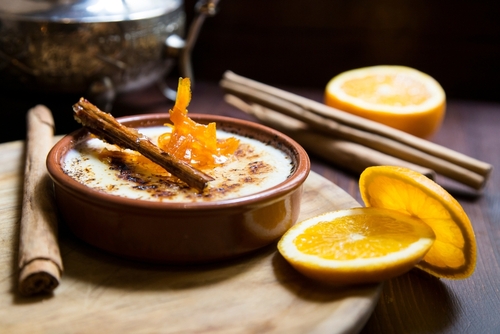
Catalonia is also a feast for the more basic senses. Rather interestingly, it’s the birthplace of Cava, Spain’s sparkling wine, and home to a rich culinary tradition.
An absolute must-try in Catalonia is crema catalana, a creamy custard dessert with hints of citrus and a perfectly crisp, caramelized top.
The Basque Country
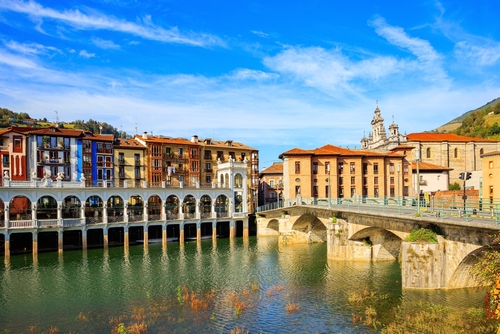
Next, we head to the mountainous green corner of northern Spain, where we enter the Basque Country. It offers views into a completely different side of the country, shaped by a fierce sense of regional identity. Basque Country culture is proudly distinct, with traditions and customs that have been preserved for centuries.
Attractions in the Basque Country
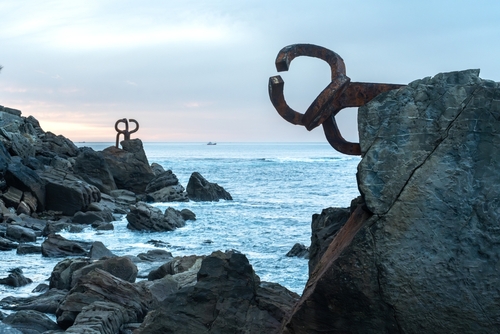
There are some absolute must-visit spots in the Basque Country:
- San Sebastián, which is famous for its beaches, architecture, and world-renowned culinary scene.
- Moving inland, Bilbao has undergone a dramatic transformation from industrial port to cultural capital. Today, it’s mostly known for the Guggenheim Museum, which houses modern and contemporary art.
Basque Country cuisine
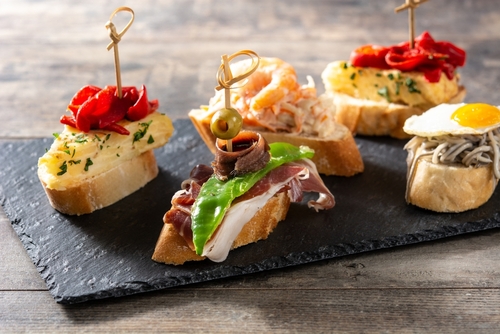
But perhaps nothing defines Basque identity more than its cuisine. The Basque Country is a global food destination, home to both Michelin-starred restaurants and the beloved local tradition of pintxos—small, artfully crafted bites served atop slices of bread and enjoyed in buzzing bars.
From fresh seafood to local cheeses, every meal is a celebration of local ingredients and creativity.
Whether you’re looking to be engulfed by art,, hopping between pintxos bars, or simply soaking in the fresh sea air, the Basque Country offers a truly enriching and memorable experience.
Galicia
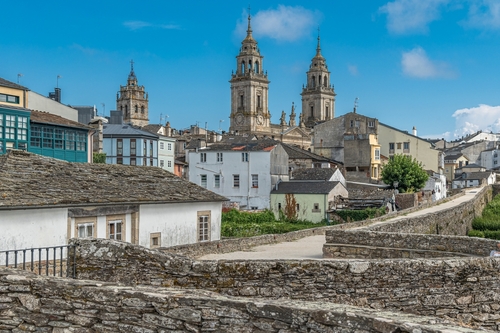
Galicia is another region in the north of Spain, but it’s quite unlike anywhere else in the country. Luscious green hills meet the Atlantic coastline, creating beautiful natural scenery. Galicia offers a slower, more reflective travel experience—one that connects you not just to a place, but to centuries of history and heritage.
Attractions and festivals
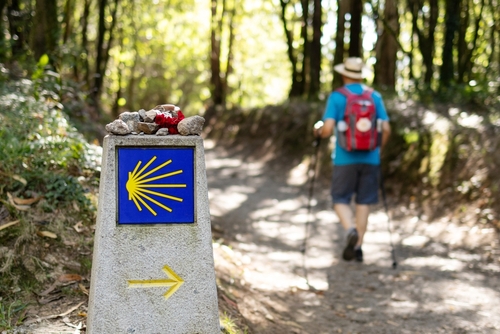
Galicia is best known as the final destination of the Camino de Santiago. This legendary pilgrimage route culminates in the city of Santiago de Compostela, where the remains of Saint James are believed to lie. Each year, nearly half a million pilgrims from around the world make this spiritual journey on foot, by bike, or on horseback.
Something else that makes Galicia such an interesting region to visit is its Celtic influence, evident in local music and festivals. Take time to tour the ancient castros—or fortified villages—that dot the landscape.
Galician food
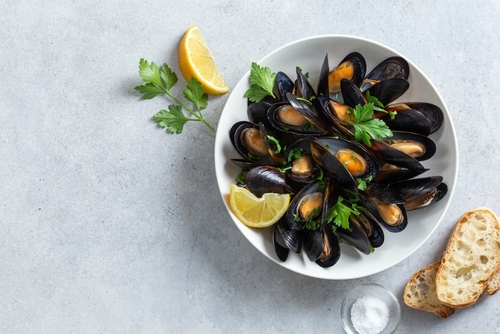
And, of course, like every other region in Spain, it boasts its own unique cuisine, which attracts many visitors each year. Galicia has a strong seafood-based food culture, and you can enjoy dishes such as:
- Pulpo a la gallega, or octopus cooked with paprika and olive oil
- Fresh mussels
- Scallops
Pair these regional staples with a local Galician wine, and you’re in for quite the treat.
Valencia

Down in Spain’s southeastern coast is sunny Valencia—a region that perfectly captures the essence of laid-back Mediterranean living. With golden beaches and endless orange groves stretching from the city into the countryside, Valencia’s landscape is both vibrant and serene.
And yes, you haven’t truly experienced this region until you’ve tasted a freshly picked Valencian orange.
What makes Valencia unique?

This is the proud birthplace of paella, Spain’s most iconic dish. There’s no better way to enjoy it than seated outdoors, under blue skies, with a glass of local wine, and the cooling sea from the coast.
At the heart of the city lies the City of Arts and Sciences, a bold architectural masterpiece by architect Santiago Calatrava. With its futuristic white curves housing museums, an aquarium, and a planetarium, it’s one of the most striking buildings in the region.
Every spring, Valencia erupts in celebration during the Las Fallas festival, when towering, hand-crafted sculptures fill the streets—only to be set alight in a fiery, unforgettable finale.
With its distinct blend of tradition and innovation, flavor, and festivity, Valencia offers a relaxed yet rich experience that appeals to lovers of culture, beaches, and cuisine.
Madrid and central Spain
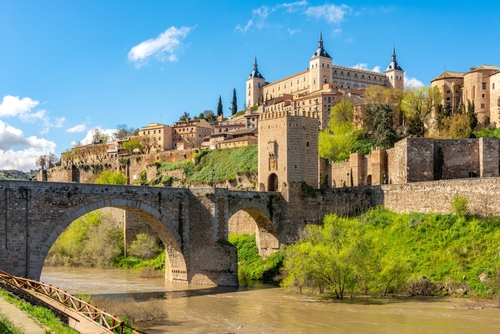
The penultimate stop on our journey brings us to Madrid, the center of Spain. The cosmopolitan Spanish capital is a true cultural hub. Here, world-class art museums like the Prado and Reina Sofía sit alongside lively plazas, elegant streets, and tapas bars which stay open til the early hours in the morning, making it a city that’s both refined and vibrant.
Just beyond the capital, historic towns like Toledo and Segovia offer a glimpse into Spain’s medieval past. In Toledo, winding alleyways reveal a blend of Christian, Jewish, and Muslim heritage, while Segovia’s castle and Roman aqueduct—a UNESCO World Heritage site—take you back in time.
The food of this region is one not to be missed, either. Try some cocido madrileño, a hearty chickpea stew that captures the warmth of traditional Spanish cooking.
From world-renowned art and historic cities to unforgettable food and passionate culture, central Spain offers a journey as layered and lively as its landscapes.
Canary and Balearic Islands
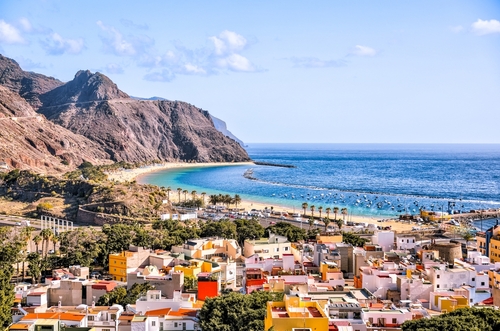
And finally, we take a trip beyond the mainland to the Canary and Balearic Islands, which offer entirely different worlds to explore—each with its own character, traditions, and natural beauty.
On the Canary Islands, located just off the northwest coast of Africa, you can find exotic volcanic landscapes, black-sand beaches, and year-round sunshine. Islands like Tenerife, Gran Canaria, and Lanzarote are known for offering up the perfect landscapes for adventures such as hiking in national parks to exploring lava caves and crater lakes.
To the east, in the Mediterranean, the Balearic Islands are the perfect destination if you’re looking for a mix of laid-back charm and lively energy. Mallorca has stunning coves, charming stone villages, and a growing reputation for world-class food and wine. Meanwhile, Ibiza is famous for its iconic nightlife.
If you’re looking for something quieter and with a slower pace of life, then islands like Menorca and Formentera are the ones for you.
Each island also has its own identity, from unique local festivals to distinct architectural styles and cuisines.
Comparing the regions of Spain
From food to culture and everything in between, each Spanish region offers some truly stand-out experiences. This table provides a general comparison:
| Region | Spanish culture by region | Spanish food by region |
| Andalusia |
|
|
| Catalonia |
|
|
| Basque Country |
|
|
| Galicia |
|
|
| Valencia |
|
|
| Madrid & Central Spain |
|
|
| Canary and Balearic Islands |
|
|
Make great memories in Spain
Spain is a vibrant mosaic of diverse regions with much to offer, from culture to landscapes and culinary traditions. As tempting as it is to stick to the well-trodden paths, the real magic lies in the country’s lesser-known towns, local festivals, and regional flavors. Each destination offers something distinct—whether it’s a unique language, a centuries-old tradition, or a dish you’ll remember forever.
Let Spain surprise you. Step off the beaten track, taste your way through its many regions, and discover a country that will no doubt provide you with some unforgettable memories.
FAQs
How many regions does Spain have?
Spain is divided into 17 autonomous communities, also known as regions. Each region has its own government. There are also two autonomous cities located in North Africa, namely Ceuta and Melilla.
What are the most visited regions of Spain?
Spain’s most visited regions have to be Catalonia, Andalusia and Madrid. The Balearic and Canary Islands are also hugely popular amongst tourists looking to soak up the year-round sunshine.
What’s the best time to visit different parts of Spain?
The best time to visit various Spanish regions depends on yor travel goals. Both spring and fall are ideal times to visit pretty much all regions: you’ll avoid the soaring summer temperatures and there’ll be fewer crowds, too. If you’re looking for a summer getaway, then the Balearics are a great choice. And if you’re after some winter sun, then Andalusia or the Canary Islands stay warm all year long.
Which Spanish region is best for food lovers?
Every region in Spain offers something quite exquisite in terms of cuisine. However, if you’re looking to try the best the country has to offer, then the Basque Country, Catalonia, and Andalusia would be the top places to visit. However, if you’re looking for traditional tapas and a truly authentic Spanish platter, then Madrid is also a top choice.
Can I travel between regions easily via public transport?
Yes, Spain has an excellent train network that makes it easy to travel from region to region. There are also efficient regional trains and extensive bus services, ensuring you can get around without a car.
